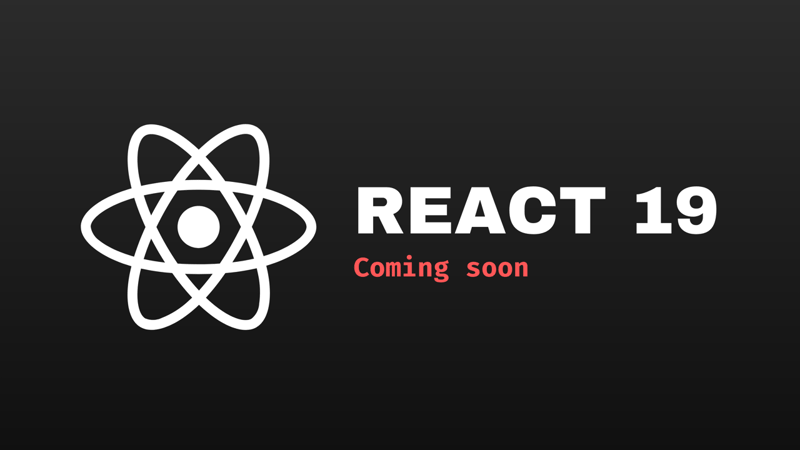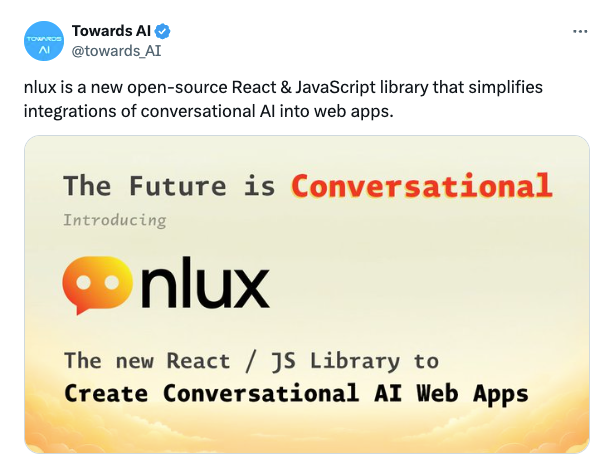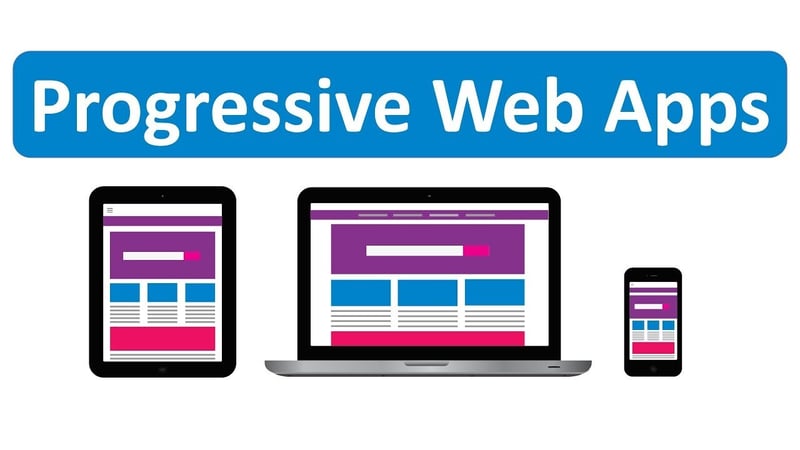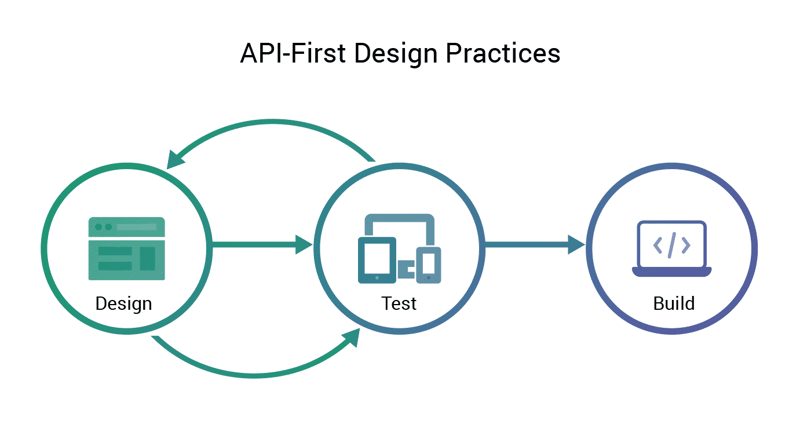The Future of Web Development: Trends to Watch

FOLASAYO SAMUEL OLAYEMI
Posted on February 29, 2024

Web development remains at the forefront of technological innovation in the rapidly evolving digital environment.
New trends that revolutionize user experiences, expedite development, and pave the way for hitherto unexplored frontiers of efficiency and creativity are brought about by the constantly shifting terrain.
Here are five cutting-edge trends that will influence web development going forward.
1. React 19: The Next Step in Frontend Evolution
React's influence on web development is undeniable, and with the anticipated release of React 19, developers eagerly await the enhancements it will bring. Promising to push the boundaries of efficiency and developer experience, React 19 is expected to further optimize rendering capabilities and introduce new features that make React even more intuitive. This iteration will likely focus on improving concurrent features, server components, and potentially offer more powerful hooks, enabling developers to build faster, more reactive applications with an even smoother user experience.
2. Conversational AI Interfaces: The Rise of NLUX
In the realm of user interface design, Conversational AI stands out as the next frontier. NLUX, a groundbreaking library, is leading the charge by integrating conversational AI into React applications. NLUX provides developers with the tools to create intuitive, engaging user interfaces where interactions mimic natural human dialogue. The emphasis on conversational AI is not just about innovation; it's about crafting user experiences that feel personal, fluid, and are fundamentally human-centric. As NLUX gains traction, expect to see websites that are more responsive to user needs and capable of complex interactions previously reserved for human customer service representatives.
3. BFF (Backend For Frontend): Personalized User Experience
The Backend For Frontend (BFF) architectural pattern is becoming a standard for creating tailored user experiences. By developing a unique backend for each user interface, whether it's mobile, desktop, or other devices, BFF allows for more focused optimizations and personalization. This approach streamlines the workflow, improves performance, and delivers content that resonates more effectively with the user's context and needs. BFF is particularly beneficial in microservices architectures, where it can serve as a powerful aggregator, providing frontends with exactly the data they need.
Check this article for more info
4. Progressive Web Apps (PWAs): Bridging the Gap Between Web and Mobile
Progressive Web Apps are transforming the way we think about mobile and web applications. PWAs leverage the latest web technologies to deliver an app-like experience on the web. They are fast, reliable, and work offline, rivaling native apps in performance while remaining lightweight and accessible through a browser. The trend toward PWAs is a testament to developers seeking to provide the best of both worlds: the wide reach of a web application and the immersive experience of a native app.
Read more about PWAs
5. API-First Development: Prioritizing Interoperability
In a world where the integration of various services and platforms is key, API-first development has emerged as a trend that prioritizes the creation of robust APIs before the implementation of the user interface. This approach ensures that applications are built with scalability in mind, facilitating easier integration with other services and allowing for more flexible frontend development. As businesses continue to rely on a multitude of cloud services and third-party integrations, API-first development is positioned to become a staple strategy for efficient and scalable web development.
Read more...
Conclusion
These trends, from the adoption of React 19 to the embrace of NLUX for Conversational AI interfaces, the practicality of BFF architecture, the advancement of PWAs, and the essentiality of API-first development, highlight an overarching theme in the future of web development: a push towards more dynamic, efficient, and user-centric applications.
As we witness these trends unfold, one thing remains clear—the web is becoming a more powerful, accessible, and integrated space, promising exciting possibilities for developers and users alike.
Thanks for reading...
Happy Coding!

Posted on February 29, 2024
Join Our Newsletter. No Spam, Only the good stuff.
Sign up to receive the latest update from our blog.





